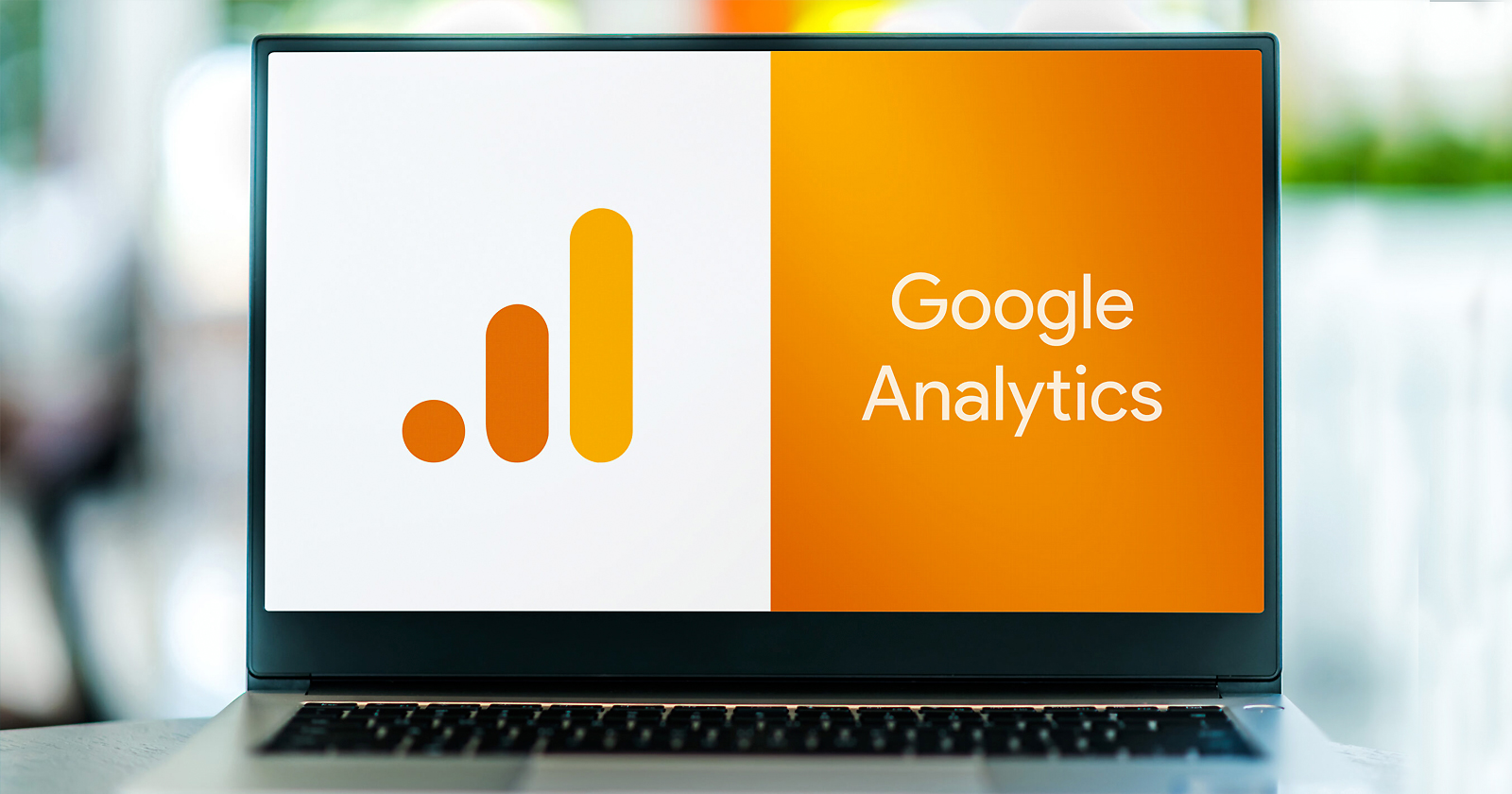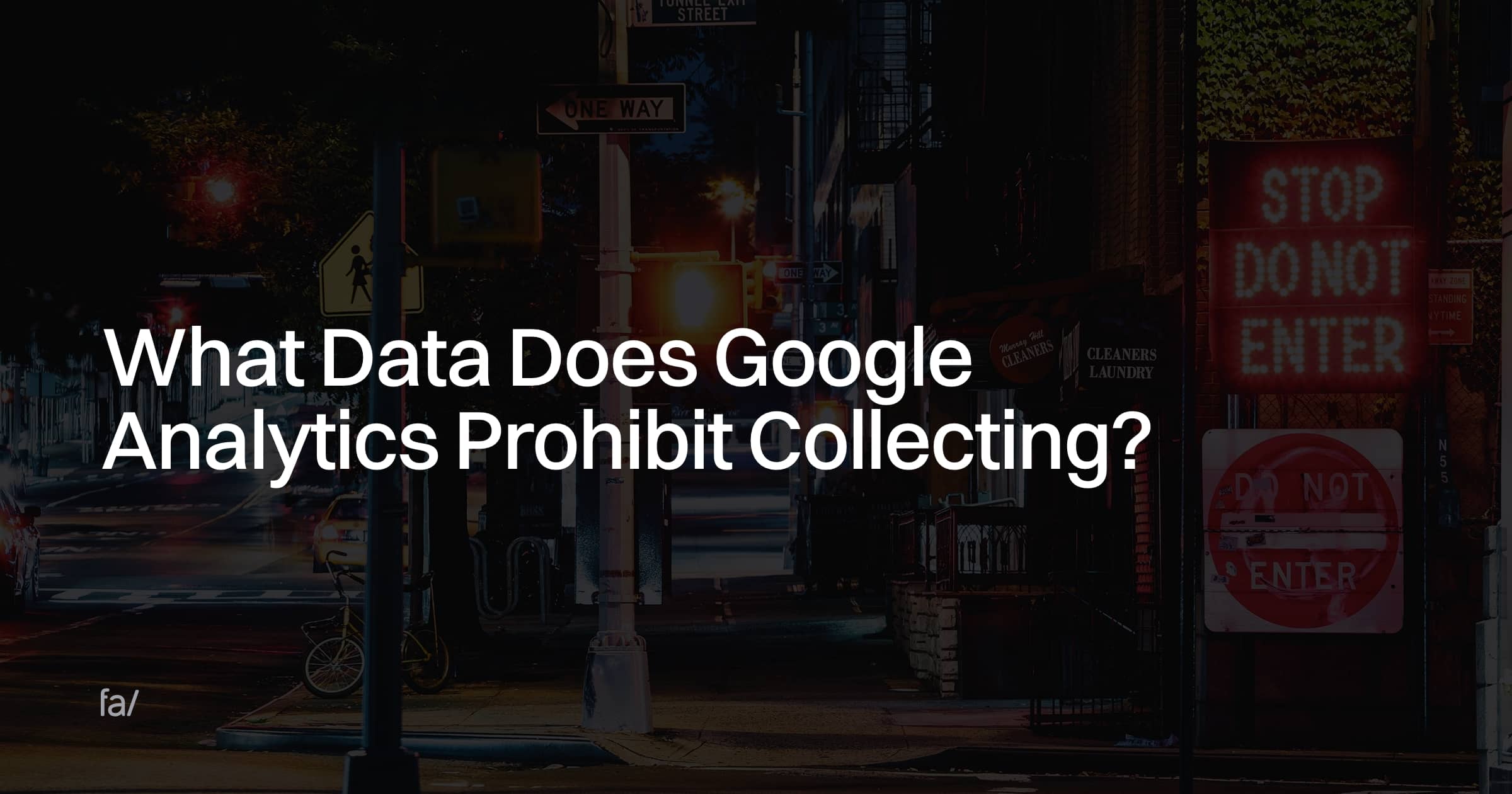Google Analytics Standards: What Data Does Google Analytics Prohibit Collecting?
Google Analytics Standards: What Data Does Google Analytics Prohibit Collecting?
Blog Article
Understanding the Ins and Outs of Data Collection Limitations in Google Analytics to Boost Your Insights
Browsing the landscape of data collection within Google Analytics reveals a myriad of intricacies that can considerably influence the insights derived from your electronic analytics. As organizations progressively count on data-driven decision-making, understanding the constraints and nuances of information collection becomes extremely important. From information sampling in reports to the obstacles postured by cross-domain monitoring and the rise of advertisement blockers, each element includes layers of ins and out to the precision and deepness of the information at hand. However, the real intrigue hinges on how these restrictions can be not just recognized yet purposefully steered to elevate the top quality and reliability of the insights you extract from your analytics initiatives.
Data Experiencing in Reports
When assessing information in Google Analytics, one important aspect to think about is the visibility of information sampling in reports, which can impact the precision and reliability of insights stemmed from the data. Data tasting is a strategy made use of to assess a subset of information as opposed to the total dataset. In Google Analytics, when the volume of data goes beyond a specific limit, the system might resort to sampling to expedite record generation. While sampling can be helpful in minimizing handling time for big datasets, it can also present mistakes in the understandings given.
The implications of data tasting can be considerable, particularly when making important service decisions based on the analytics information. By being aware of information tasting in reports, experts can make even more educated choices based on accurate information insights.
Cross-Domain Monitoring Obstacles
Cross-domain monitoring provides a facility set of obstacles that can influence the precision and reliability of data aggregation in Google Analytics. When tracking individuals across several domains, problems can develop because of differences in domain name structures, cookie settings, and tracking codes. Among the primary difficulties of cross-domain monitoring is making certain that a single individual is properly determined as they move from one domain to an additional. Without appropriate configuration, Google Analytics may translate these interactions as separate sessions, causing data fragmentation and imprecise understandings.
In addition, cross-domain monitoring requires thorough configuration including adjustments to tracking codes and setups across all domains entailed. Failure to implement these adjustments properly can result in information discrepancies and insufficient monitoring, preventing the capability to comprehend user behavior flawlessly throughout domains. Additionally, challenges can emerge when dealing with third-party devices or systems that may not completely support cross-domain tracking, further making complex the data assimilation process. Overcoming these barriers demands extensive planning, specific execution, and constant surveillance to make certain data accuracy and obtain significant understandings throughout domain names in Google Analytics.
Influence of Advertisement Blockers
The look at here occurrence of have a peek at this website ad blockers positions considerable difficulties to data collection accuracy in Google Analytics. These devices not just obstruct ads yet can also interfere with the monitoring codes used by Google Analytics to gather information.

To alleviate the influence of advertisement blockers on data collection, site proprietors can discover different monitoring methods, such as server-side tracking or implementing approval management tools to motivate users to disable ad blockers on their sites. By proactively resolving the difficulties presented by advertisement blockers, services can boost the accuracy of their information collection in Google Analytics and improve their total understanding of user habits.

Cookie Deletion Impacts
Periodically, cookie removal can influence the integrity of information collected by Google Analytics, impacting the accuracy of website web traffic evaluation. When individuals delete cookies, it can disrupt the monitoring process, leading to voids in data collection. To mitigate the effects of cookie deletion, it is important to enhance cookie-based information with various other tracking methods, such as server-side monitoring or incorporating first-party data resources, to make sure a more detailed understanding of individual habits.
Data Privacy Laws
In light of boosting problems surrounding data privacy and defense, services utilizing Google Analytics must stick to strict information personal privacy policies to make sure compliance and guard user info. GDPR mandates that businesses get specific authorization from individuals prior to gathering and refining their individual great site information.
Aside From GDPR, there are various other data personal privacy regulations like the California Customer Privacy Act (CCPA) and the ePrivacy Directive that companies need to take into consideration when using Google Analytics. These guidelines aim to safeguard customer information and give people extra control over exactly how their information is gathered and used. By conforming and comprehending with these information privacy policies, organizations can build depend on with their customers and demonstrate a commitment to information defense and privacy.
Conclusion
In final thought, recognizing the limitations of data collection in Google Analytics is important for boosting understandings. Data sampling in records, cross-domain monitoring challenges, the effect of advertisement blockers, cookie deletion impacts, and information privacy policies all contribute in the precision and completeness of the data collected. By understanding these restrictions and finding ways to reduce them, services can guarantee they are making notified choices based upon trusted information.
When analyzing data in Google Analytics, one essential facet to take into consideration is the visibility of information sampling in reports, which can impact the accuracy and reliability of insights derived from the information. To minimize the results of cookie removal, it is essential to complement cookie-based information with various other monitoring techniques, such as server-side tracking or incorporating first-party information sources, to guarantee a more thorough understanding of customer behavior.

Data sampling in reports, cross-domain monitoring difficulties, the impact of advertisement blockers, cookie deletion impacts, and information personal privacy guidelines all play a function in the accuracy and efficiency of the information gathered.
Report this page